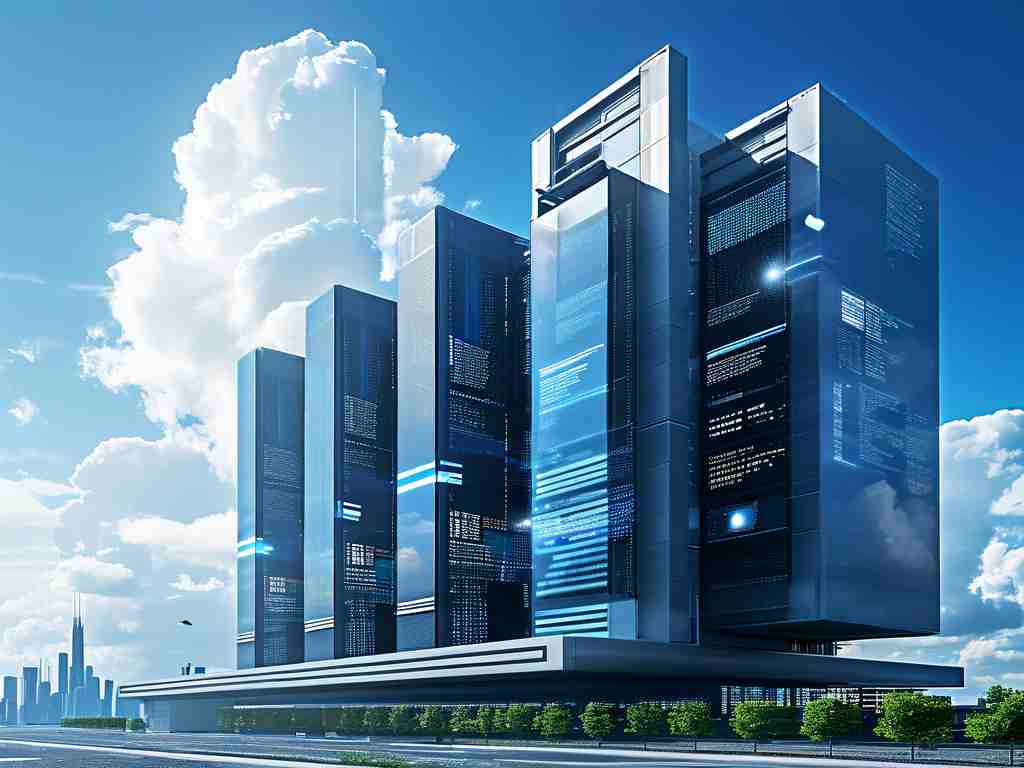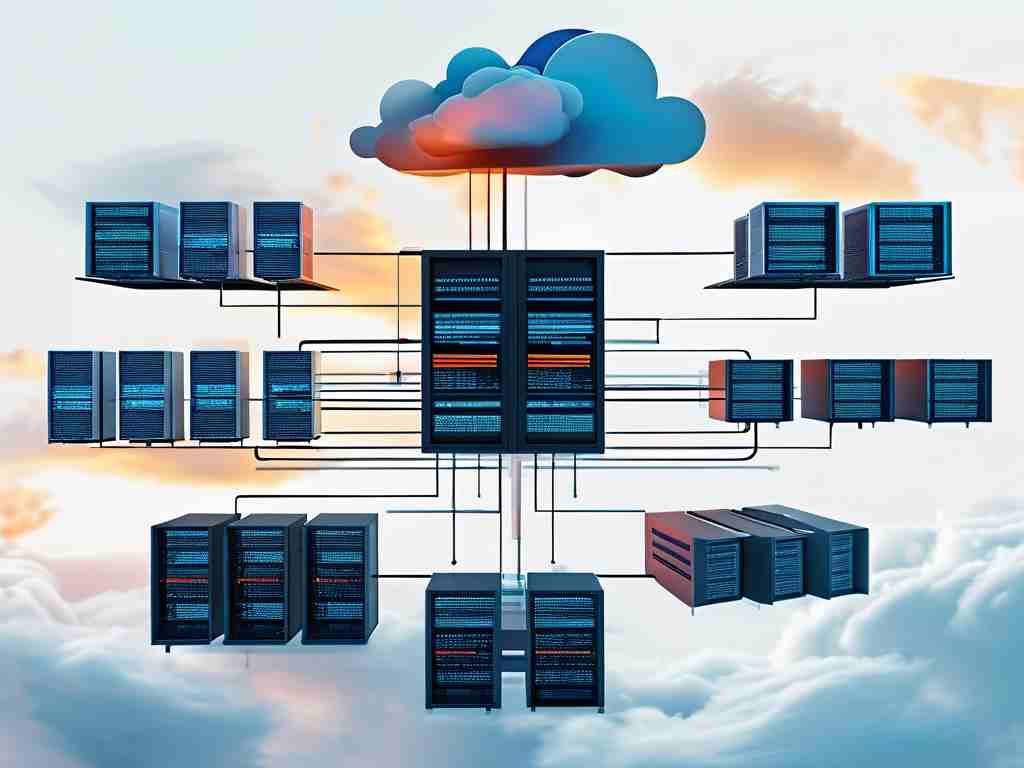The evolution of distributed architectures has entered a transformative phase, driven by escalating demands for scalability, resilience, and adaptability in global digital ecosystems. Modern distributed systems now prioritize design philosophies that align with cloud-native principles, decentralized governance, and intelligent automation. Below, we explore the defining characteristics of next-generation distributed architecture designs through practical lenses.

1. Elastic Scalability Through Microservices and Serverless Patterns
Unlike traditional monolithic systems, contemporary architectures leverage microservices to enable granular scaling. By decomposing applications into independent functional units, teams can dynamically allocate resources to high-demand services without overhauling entire systems. For instance, a retail platform might scale its payment-processing microservice during peak shopping seasons while maintaining baseline resources for inventory management.
Serverless computing further amplifies this flexibility. Event-driven functions (e.g., AWS Lambda, Azure Functions) allow systems to scale from zero to thousands of instances in milliseconds. Consider a data analytics pipeline that automatically provisions compute resources when new datasets arrive, then deallocates them post-processing to minimize costs.
2. Autonomous Service Governance
Decentralized decision-making is a hallmark of modern distributed systems. Services operate with localized intelligence, using patterns like service meshes (Istio, Linkerd) to manage communication, security, and failure recovery without centralized control. This autonomy reduces latency and single points of failure. A practical example: an e-commerce platform's recommendation service can independently reroute requests to healthy nodes if a regional data center experiences outages.
# Example service mesh configuration for traffic splitting
apiVersion: networking.istio.io/v1alpha3
kind: VirtualService
metadata:
name: product-service
spec:
hosts:
- product-service
http:
- route:
- destination:
host: product-service
subset: v1
weight: 70
- destination:
host: product-service
subset: v2
weight: 30
3. Multi-Cloud and Edge-Native Design
Next-gen architectures reject vendor lock-in by abstracting infrastructure dependencies. Tools like Kubernetes and Terraform enable workload portability across clouds, while edge computing pushes processing closer to data sources. An IoT manufacturing system might process sensor data at factory-edge nodes using lightweight containers, synchronizing only critical insights to central cloud databases.
4. AI-Driven Observability and Healing
Modern systems embed predictive analytics into their operational fabric. Machine learning models analyze telemetry data (logs, metrics, traces) to preempt failures. For example, a fintech platform could use anomaly detection to identify memory leaks in transaction services before they trigger outages. Automated remediation scripts then apply patches or roll back deployments without human intervention.
5. Security as a Distributed Property
Zero-trust principles permeate contemporary designs. Each service enforces identity verification, encryption, and least-privilege access. Blockchain-inspired techniques like decentralized identity management (DID) are gaining traction. Imagine a healthcare network where patient data-sharing between hospitals requires cryptographic consent tokens validated across multiple nodes.
6. Sustainable Resource Optimization
Energy-efficient architectures are no longer optional. Techniques include:
- Dynamic voltage scaling in edge devices
- Cold-storage routing for infrequently accessed data
- Carbon-aware workload scheduling (e.g., running batch jobs when renewable energy is abundant)
A video streaming company might encode media files using region-specific compression algorithms, balancing quality with reduced energy consumption across CDN nodes.
The next generation of distributed architectures represents a paradigm shift from rigid, centralized models to fluid, intelligent ecosystems. By embracing these six pillars—elastic scaling, autonomous services, cloud agnosticism, AIOps, decentralized security, and sustainability—organizations can build systems that not only withstand modern challenges but actively evolve with them. As these practices mature, they will redefine what's possible in enterprise-scale software engineering.









